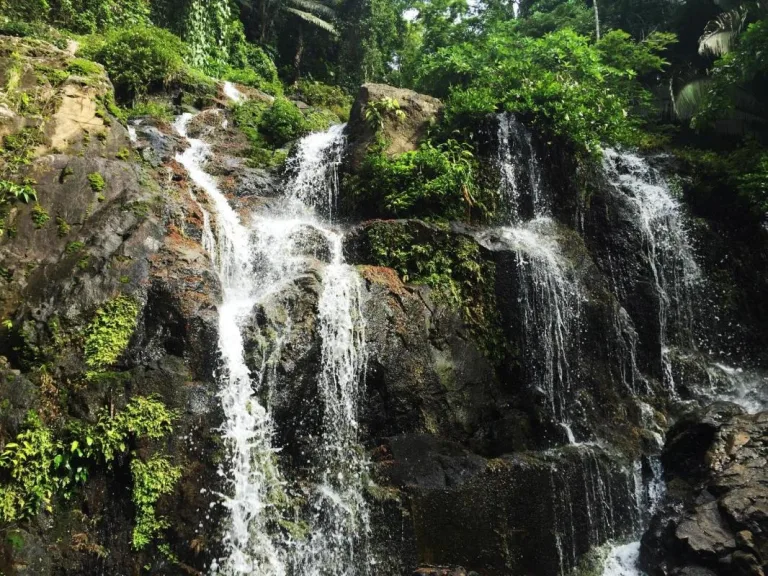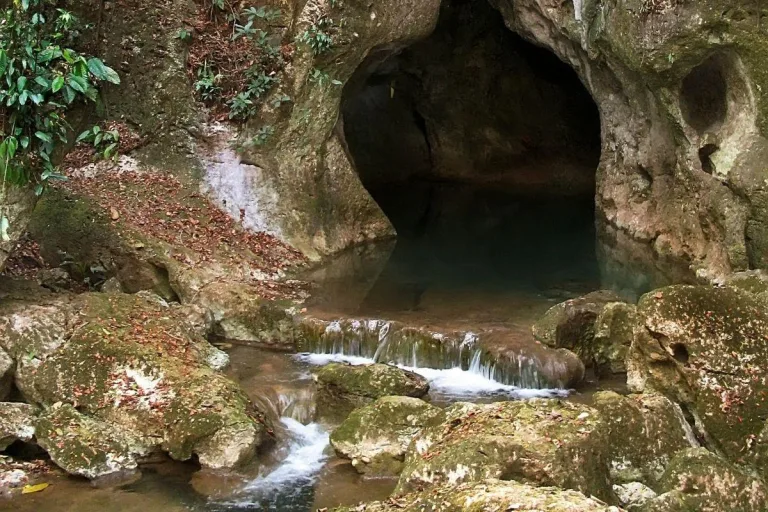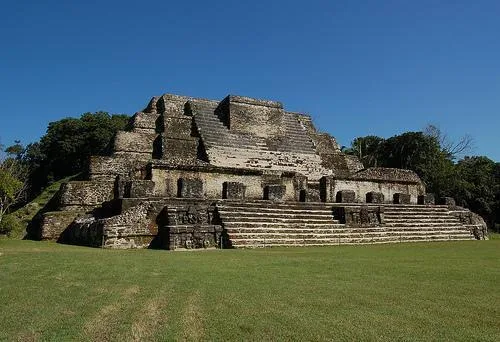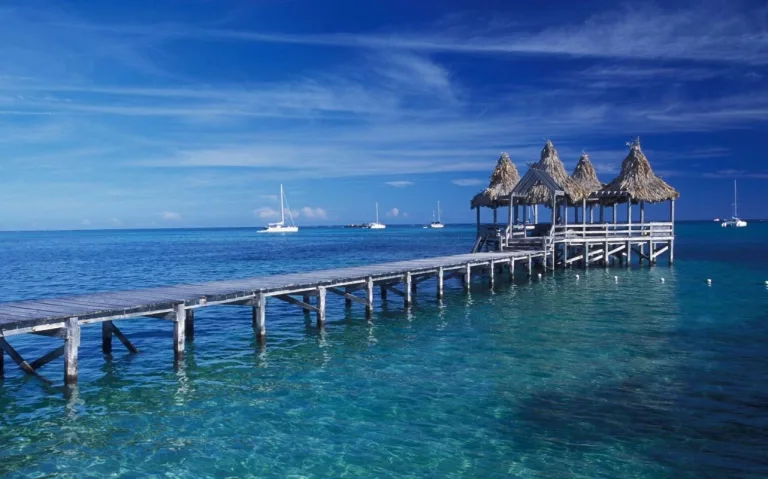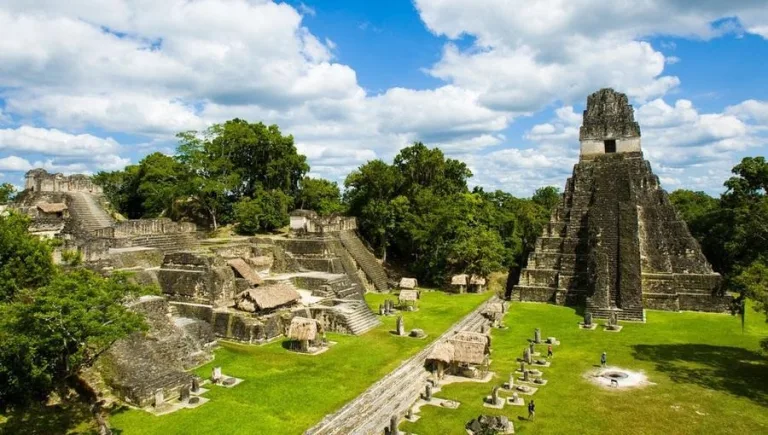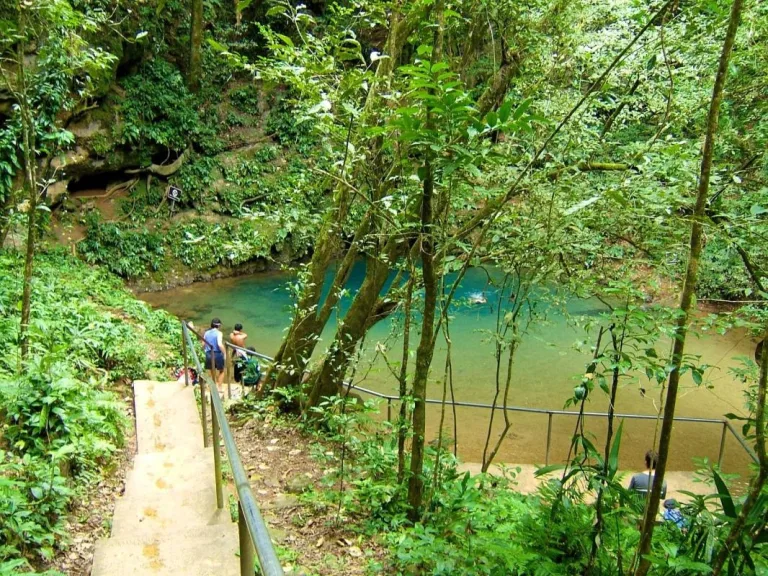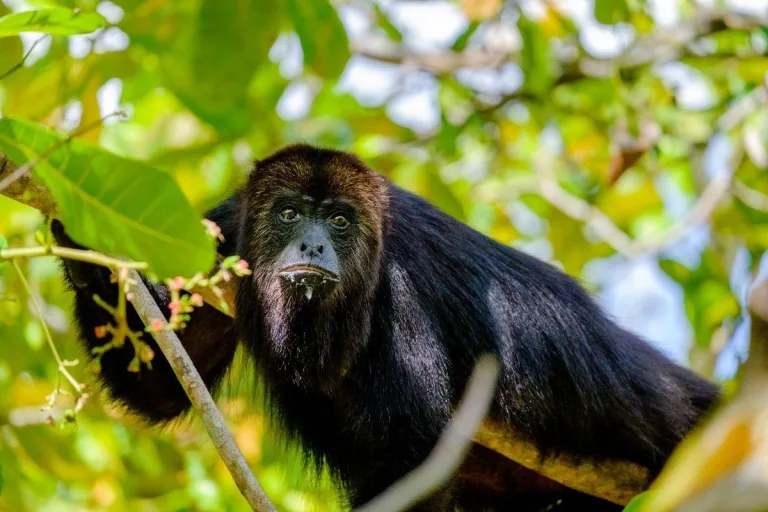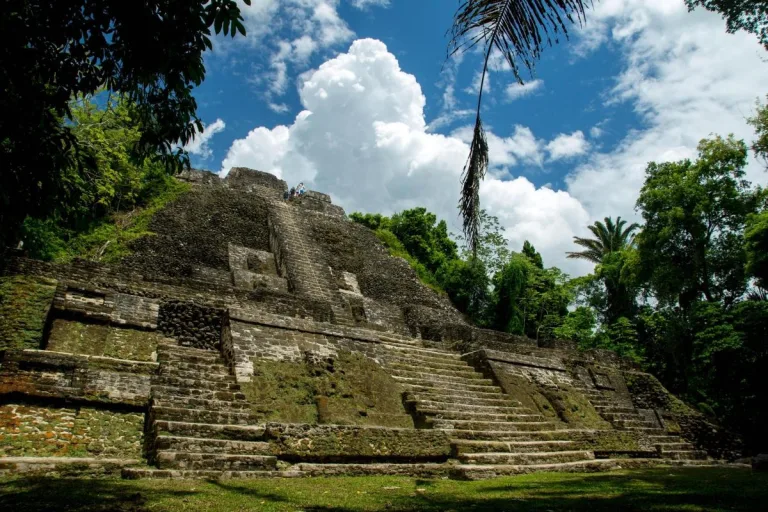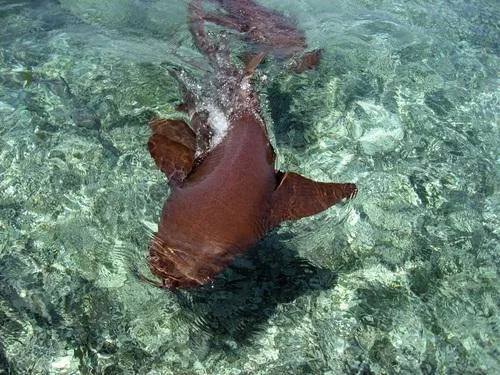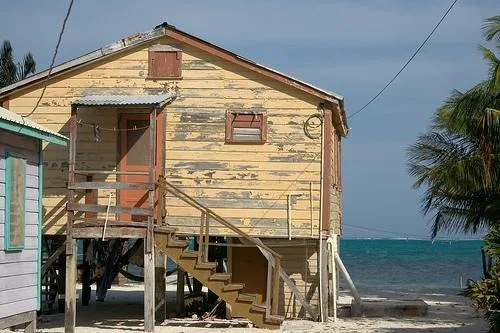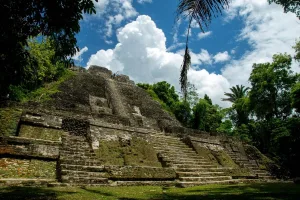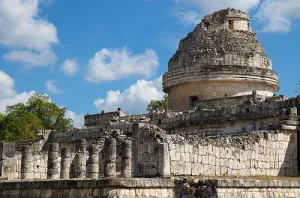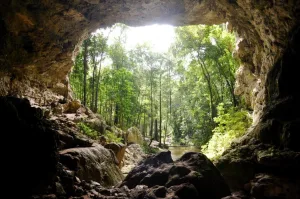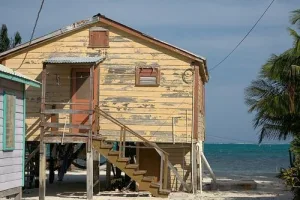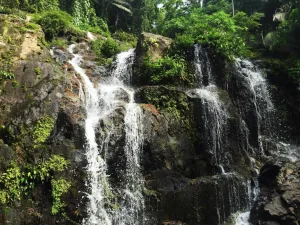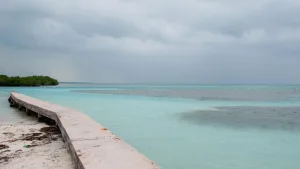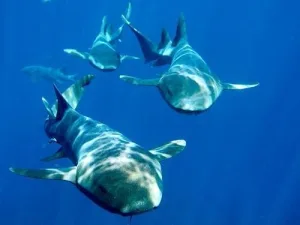The Community Baboon Sanctuary is dedicated to protecting and preserving Belize’s black howler monkey population. The 18 square mile (29 square kilometer) reserve in the jungle contains about 1,500 monkeys, as well as anteaters, armadillos, iguanas, turtles, deer, and more than 200 different species of birds.
Sanctuary visitors, including tour groups and independent travelers, are given tours where guides identify the wildlife and vegetation, and explain the local culture. The on-site visitors’ center and natural history museum also provide information about the environment, conservation efforts, and the monkeys themselves. Visitors can follow trails through the forest or take canoe rides on the river to spot black howler monkeys (known locally as baboons) and other animals.
-
The entrance fee includes a guided nature walk; most third-party tours cover the fee.
-
The sanctuary recommends bringing water, sunscreen, and bug spray.
-
Several tour options are offered, including a night hike, bird tour, and a river canoe tour.
-
Some experiences and parts of the sanctuary may not be accessible for those with strollers or wheelchair users.
The Community Baboon Sanctuary is located off Boom-Hattieville Road, about 17 miles (27 kilometers) from the village of Hattieville. There are two major buses serving the Belize River Valley area: the McFadzean and Sons Bus leaves from Amara Avenue in Belize City, and the Russells Bus leaves from Euphrates Avenue. Many tours from Belize City include round-trip transportation.
The sanctuary is typically open daily, from the morning until the late afternoon. The best time to visit Belize is between late November and mid-April, during the country’s dry season. However, this is also peak season, so expect to encounter more tourists.
Combine a visit to the Community Baboon Sanctuary with a stop at the nearby Crooked Tree Wildlife Sanctuary, one of the best bird-watching spots in Central America. Home to native and migratory birds—as well as the elusive Jabiru stork—the sanctuary’s wetlands are also filled with a diverse mix of plants and animals that you can discover by boat or on foot.










